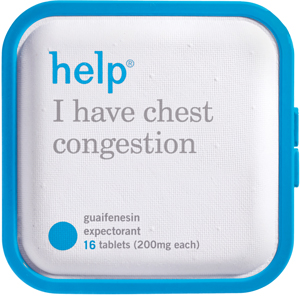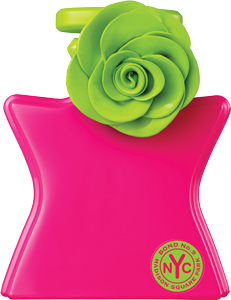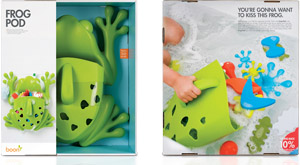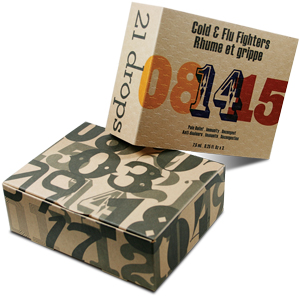From simple remedies for simple problems to a boon for the modern parent with style and sensibility, this year’s Brands to Watch caught our attention because they solve problems-and isn’t that what good design is all about?

Help Remedies
“We didn’t let go of the help messaging entirely, but moved to just one saying (for example, ‘Don’t cough on the ones you love,’ for help I have chest congestion) on the unused ‘handle’ area of the blister pack.”
While Pearlfisher was working on the graphics, Dale Trigger, Help’s director of product development, re-engineered the color-keyed border to reduce material use and make the latch more intuitive for users.
“Some health problems are large, complicated and frightening, but most are not so bad,” says Fine. “Help was made to solve simple health problems simply. By removing some of the excess, and some of the nonsense, from the healthcare industry, we hope we can make medicine friendlier and more accessible.” - Erin J. Wolford
Packaging graphics: Pearlfisher (www.pearlfisher.com)

Bond No. 9
Bond No. 9 is an exciting brand that is surely here to stay. With artistic designs, New York flair and quality perfume inside each cleverly packaged bottle, the Bond No. 9 scents are fulfilling their mission of bringing artistry back to perfume, one spray at a time. -Elisabeth Cuneo

Boon
Finell turned to co-founder and former Intel Corp. sales executive Ryan Fernandez for the help she needed in running a successful business. Fernandez, who had been looking for a venture to satisfy his entrepreneurial urge, would focus on the business side, leaving Finell free to design more products.
The brand was equally ahead of the curve with its first-generation packaging, but it knew that, to remain an innovator, it had to redesign. The challenge was to develop packaging for an extremely broad portfolio of products that range from not much bigger than a pen to-like the Frog Pod-larger than a breadbox. The new design combines full-bleed lifestyle photography and a “shadow-box” construction that showcases the products and grabs shoppers’ attention at the shelf.
Package Design: Boon Inc (www.booninc.com)
Photography: Sara Wert, for Boon

21 Drops
Positioned as a 21st century approach to health, cousins Cary Caster and Amy Ilyse Rosenthal founded 21 Drops to introduce essential oils to a new audience.
When the time came to make her dream of expanding a reality, Caster turned to Rosenthal, an award-winning creative director well versed in leading strategy, design, development and marketing efforts.
Package design: Purpose-Built NYC (www.purpose-builtnyc.com)
Printer: Prestone Printing (www.prestoneprinting.com)

